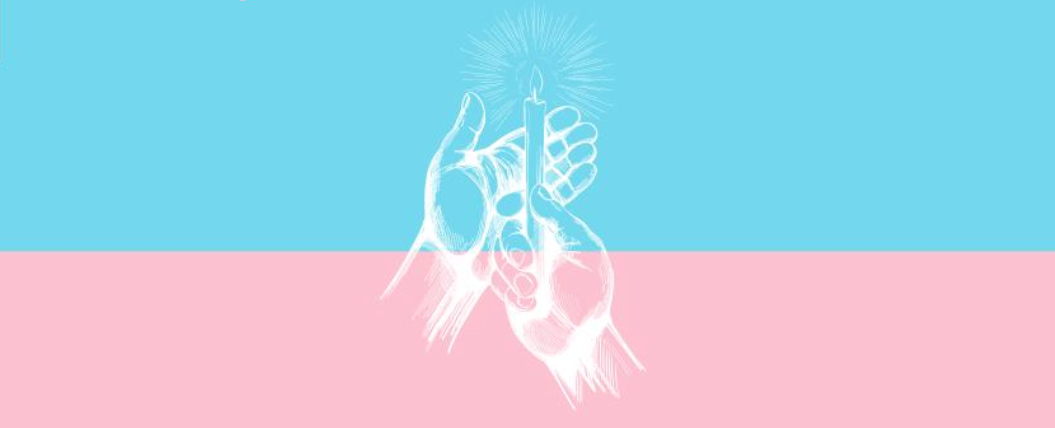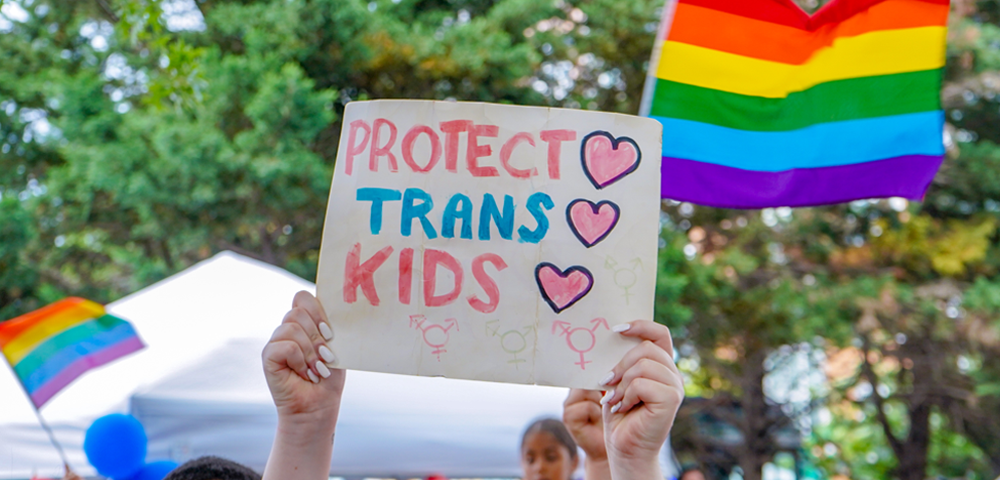
Here’s what Trans Day of Remembrance means to the trans community

Every year countless trans and gender diverse people are murdered simply for living as their true selves. Katherine Wolfgramme found out what Trans Day of Remembrance means to different people in the trans community.
***
On Tuesday 20 November at 6.30pm, the transgender population and their allies, family, and friends will begin to gather at Harmony Park in Surry Hills to commemorate Sydney’s official Transgender Day of Remembrance (TDoR).
The day is observed annually around the world, as a way for trans people to bring visibility to the fact that statistically a trans person is brutally murdered every three days somewhere in the world (a number likely to be greater when one considers that not everyone murdered is reported or counted as trans because of the legal status around gender in many countries).
In Australia, we also use the day to remember those in the community who have taken their own lives due to social barriers and isolation – a product of transphobia which can also be seen as a form of violence in its own way.
So what does TDoR mean to myself, and others? I decided to pose the question to other trans folks.
“I think TDoR is an important event for the trans and gender diverse community, as it is a day the trans community can acknowledge, in such a public way, those that have passed,” says President of Trans Pride Australia, Peta Friend.
“It’s also an opportunity to look forward with strength and solidarity to a brighter future.”
Scientist Kaya Wilson sees TDoR as a way to feel connected to his community and its shared heritage.
“For me, it’s a day where we can take a moment and remember the fight we have all had to get to where we are, and that we are still dying,” he says.
“It is a sobering day and a sad day, but it’s a day to be together.”
Sydney-based DJ, Victoria Anthony, recalls her very first TDoR in 2013 at the LGBT Centre in New York City.
“It was an entire hall filled with 150 or more transgender brothers and sisters,” she says.
“It can be very powerful when we stand together… we are never defeated.
“TDoR means that we stand strong together through adversity and continue to fight for those we have lost.”
Market associate Rhett Pearson believes the day highlights the stories society needs to remember.
“It’s in remembering the stories of those that we have lost to the hands of this struggle that we find our strength – our independent and collective strength,” he says.
“That’s where our resilience, hope, and power come from.”
“[TDoR] means honouring those we’ve lost and committing to fight for the living,” student Ché Baines adds.
So, what does TDoR mean to me?
For me, it is a sacred space where I can gather with my community to remember those who have died through acts of violence or have taken their own lives because they could not live in this world anymore.
It is a time to honour their memory and to acknowledge the deaths of other trans people around the world who aren’t as safe as we are here in Australia.
People at Sydney’s TDoR events have worn purple ribbons since they started in 1998, as purple is a colour often used to represent violence.
In fact, Wear It Purple made a symbolic donation of three year’s worth of custom designed purple ribbons to TDoR, in recognition of the alarmingly high youth suicide rates among trans youth.
Former Wear it Purple President, Matt Janssen, who also made a large personal donation, said: “We have a simple message – you are loved, supported, and empowered to bring your whole self to life.”
The Gender Centre will hold the official TDoR event this year at Harmony Park between 6.30pm and 8.30pm on Tuesday 20 November. The event is supported by the City of Sydney, NSW Police, Inner City Legal Centre, Trans Pride Australia, the Hollywood Hotel, and Katherine Wolfgramme.









